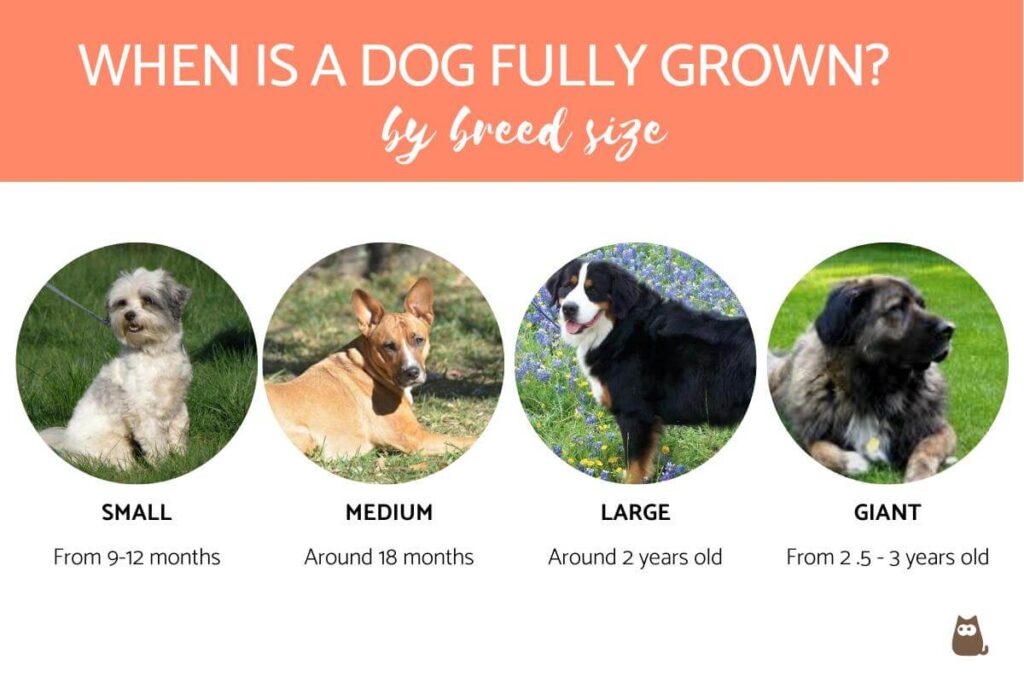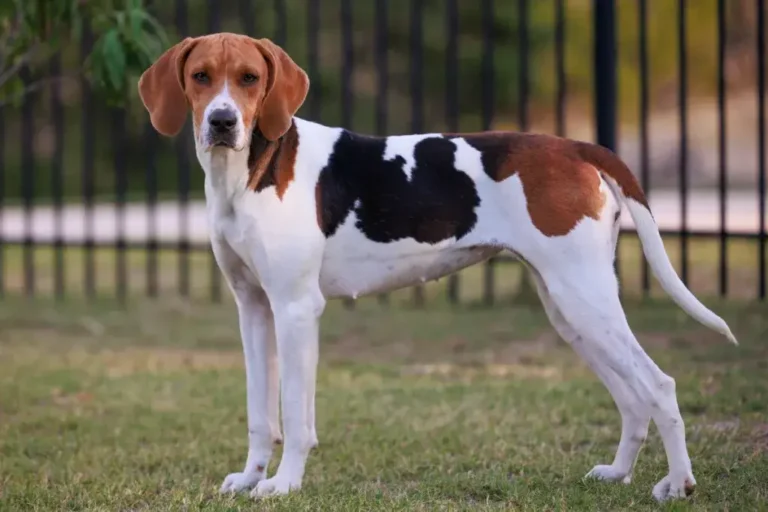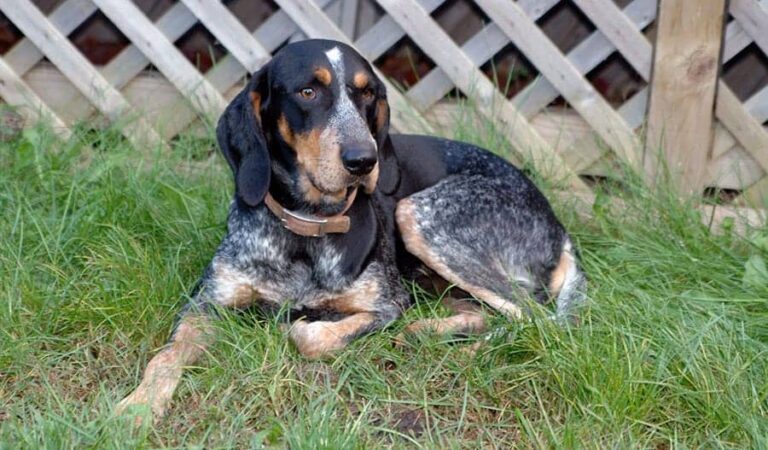When Do Dogs Stop Growing? At What Age Do Dogs Stop Growing?
As a dog parent, you’ve likely marveled at how quickly your furry friend has grown from a tiny pup to an unruly adolescent. But at what point do dogs stop growing? This question is crucial for understanding your dog’s developmental milestones, dietary needs, and overall health. Let’s explore the growth journey of dogs and pinpoint when they reach their full size.
Contents
Understanding Dog Growth: The Basics

Dog growth is a complex process influenced by a variety of factors, including genetics, nutrition, and overall health. While all dogs follow a general pattern of growth, the rate and duration can vary significantly based on breed and size.
Growth Phases in Dogs
- Neonatal Period (0-2 weeks): During this phase, puppies are entirely dependent on their mothers for nutrition and warmth. Growth is rapid, but the focus is on developing basic survival skills.
- Transitional Period (2-4 weeks): Puppies begin to open their eyes, hear sounds, and start interacting with their littermates. Growth is still rapid, but the developmental focus shifts to sensory and motor skills.
- Socialization Period (3-12 weeks): This phase is critical for behavioral development. Puppies start learning social cues from their environment, and their physical growth continues at a fast pace.
- Juvenile Period (3-6 months): This stage is marked by rapid growth, especially in bones and muscles. Most puppies will have reached about 70% of their adult size by the end of this period.
- Adolescent Period (6-18 months): Growth slows down, but dogs continue to fill out in terms of muscle mass and chest width. The timing of this phase varies greatly between breeds.
When Do Dogs Stop Growing?
The age at which dogs stop growing is closely linked to their breed and size. On average, most dogs reach their full height by 12 months, but they may continue to gain muscle mass and fill out until they are 18-24 months old.
- Small Breeds: Small dog breeds, like Chihuahuas and Dachshunds, typically stop growing between 6 and 8 months of age. These breeds reach their full size quicker due to their smaller skeletal structure.
- Medium Breeds: Dogs like Beagles and Cocker Spaniels generally stop growing around 12 months but may continue to develop muscle mass until they are 18 months old.
- Large Breeds: Larger breeds, such as Labradors and Golden Retrievers, usually stop growing in height around 12 to 15 months, but they continue to bulk up until they are around 18 months to 2 years old.
- Giant Breeds: Giant breeds, like Great Danes and Mastiffs, have the most prolonged growth period. They might not reach their full height until 18-24 months and may continue to fill out until they are 3 years old.
Factors Affecting Dog Growth
While breed and size are primary determinants of a dog’s growth timeline, several other factors can also influence growth.
- Genetics: Your dog’s genetic makeup plays a significant role in determining how large they will get and how quickly they will reach full size. Purebred dogs often have more predictable growth patterns, while mixed breeds can vary.
- Nutrition: Proper nutrition is essential for healthy growth. A balanced diet rich in protein, fats, and essential vitamins and minerals supports bone development and muscle growth. Overfeeding or underfeeding during the growth phase can lead to various health issues, including obesity or skeletal abnormalities.
- Health Conditions: Certain health conditions, such as hypothyroidism or growth hormone deficiencies, can affect a dog’s growth rate. Regular veterinary check-ups are crucial to monitor growth and address any concerns early.
How to Tell If Your Dog Has Stopped Growing
Knowing when your dog has stopped growing can help you make informed decisions about their diet, exercise, and overall care.
- Height Plateau: One of the first signs that your dog has stopped growing is a plateau in height. If your dog hasn’t grown taller for several months, they have likely reached their full height.
- Weight Stabilization: While weight can fluctuate, especially with changes in diet and activity levels, a consistent weight over several months is another sign that your dog has reached their full size.
- Veterinary Growth Assessment: Your veterinarian can provide a growth assessment based on your dog’s breed and age. This assessment may include measuring your dog’s height and weight and checking their bone development through X-rays if needed.
At What Age Do Dogs Reach Full Maturity?
It’s important to distinguish between physical growth and maturity. While your dog may have reached their full size, they may not be fully mature.
- Physical Maturity: As discussed, physical maturity in terms of size is typically reached between 12 and 24 months, depending on the breed.
- Behavioral Maturity: Behavioral maturity often lags behind physical growth. Many dogs, especially larger breeds, may not reach full behavioral maturity until they are 2-3 years old. During this time, they may still exhibit puppy-like behavior, such as excessive playfulness or chewing.
Common Myths About Dog Growth
There are several misconceptions about dog growth that can lead to confusion.
- Myth 1: “All dogs stop growing at one year old.” While many dogs may reach their full height in one year, this is not a universal rule. Growth can continue well into the second year, especially for larger breeds.
- Myth 2: “Once my dog stops growing in height, they won’t change.” Even after a dog stops growing in height, they can continue to gain muscle mass and fill out their chest and hips.
- Myth 3: “Feeding my dog more will make them grow bigger.” Overfeeding can lead to obesity and related health issues but won’t make your dog grow larger than their genetic potential.
FAQs
At what age is a dog fully grown?
Most dogs are considered full-grown between 12 to 24 months, depending on their breed and size.
At what age can you tell how big a dog will get?
By the time a dog is around 6 months old, you can usually estimate their adult size based on their current growth and breed standards.
Do dogs grow a lot after 6 months?
While growth slows after 6 months, many dogs, especially larger breeds, continue to grow and develop until they are 18-24 months old.
Do dogs grow much after 1 year?
Some large and giant breeds may still grow and fill out after their first year, although the most significant growth usually occurs before then.
Conclusion
Understanding when your dog will stop growing is essential for providing the best care throughout their life. By knowing the growth patterns specific to your dog’s breed and size, you can ensure they receive the right nutrition, exercise, and veterinary care. Remember, while your dog’s physical growth may stop, their need for love, care, and attention will continue throughout their lifetime.
- Golden Retriever Pros and Cons: What Every Pet Parent Should Know - 15 September 2025
- Cane Corso Dog Breed: Health, Care, and Lifespan - 14 September 2025
- Catahoula Leopard Dogs: Description, Temperament, Lifespan, & Facts - 21 July 2025







